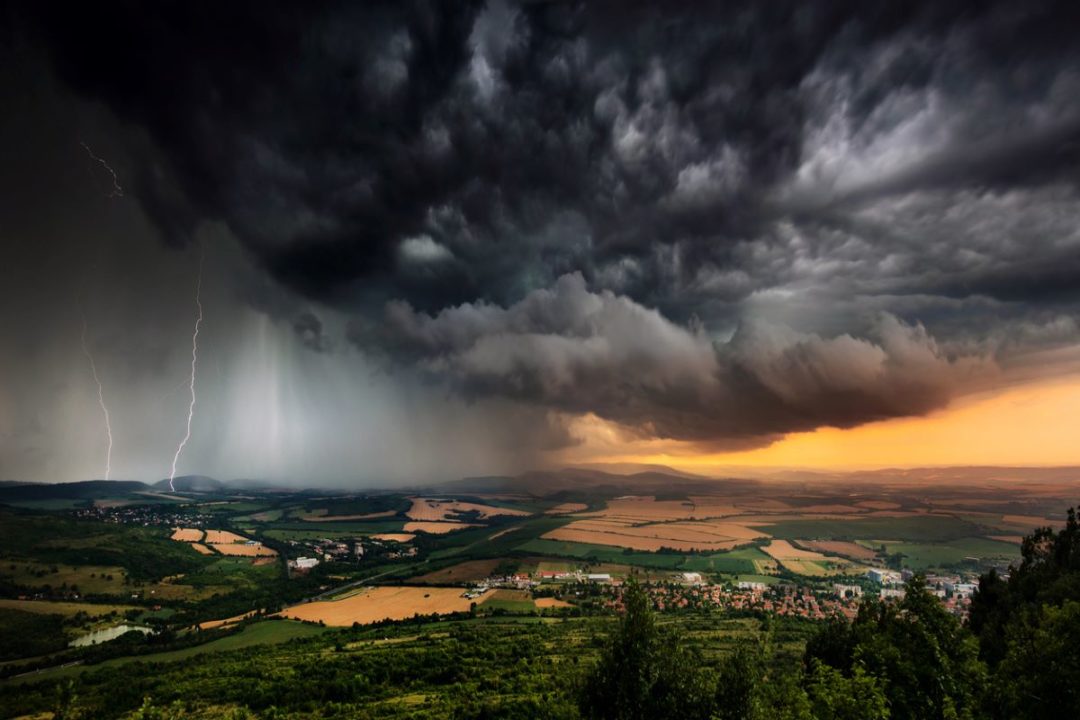
Times of peak demand — as happened during the 2024 year-end holidays — challenge supply chain leaders in multiple ways. Capacity tightens, rates rise and competition for freight lanes heats up. But as the holidays end, challenges wait on the 2025 horizon.
Anticipated higher tariffs could further drive up freight rates, adding more complexity to an already-strained system. When considering the general unpredictability of the global supply chain, it becomes even harder to keep shipments on schedule and consumers happy.
Supply chain leaders must look beyond short-term fixes to get them through high-demand seasons. Instead, they need to focus on the opportunities that will help them manage both the pressures of today and tomorrow.
Supply chain disruptions throughout 2024 highlighted the risks of relying too heavily on one supply strategy. Incidents such as the Red Sea attacks, Ever Given blockage of the Suez Canal and the Panama Canal drought caused panic among shippers waiting for their goods to arrive.
Companies already invested in nearshoring, specifically in Mexico for U.S.-based companies, weathered those storms more effectively. Diversifying the supply base and logistics partners isn’t just a smart move—it’s essential for future-proofing the supply chain.
Evaluate where your inventory is coming from, and ask questions such as:
- What percentage of your supply chain relies on a single supplier, and do you have backup options?
- If your primary manufacturing partner is on the other side of the world, are you prepared for potential disruptions in ocean freight?
- Are your logistics partners diversified enough to handle sudden shifts in transportation needs?
If you’re not already considering making investments closer to home, now is the time.
When demand spikes, the best-prepared supply chains are those with strong digital infrastructures in place.
According to a report from the National Retail Federation, U.S. holiday sales in 2023 increased by nearly 4% year-over-year. While many supply chains were able to cope with the challenges of high demand, the organizations that succeed in future will those that digitized operations.
The reality is that past disruptions didn’t subside just because the market caught up; they eased because consumer demand slowed when holiday shopping ended. We’ve seen it before — holiday shopping begins earlier every year. Leaning on the same inefficient, outdated practices and technologies means risking the same disruptions happening again.
For both shippers and carriers, digitization builds a more resilient supply chain that can handle ongoing volatility.
The right logistics technology enables shippers to gain end-to-end visibility, track shipments in real-time, predict rates, and plan more efficient transportation routes — all while reducing waste, such as half-empty trucks. For carriers, artificial intelligence-driven technologies can help with faster response times, route generation on demand, and real-time updates that keep shippers in the loop.
Hurricanes, tornadoes. economic challenges, seasons of peak demand: seasons: Supply chain disruption isn’t an if, but rather a when. While we can’t control when disruption happens, we can control what we do before it does — through planning.
Most companies are so busy focusing on fixing what’s happening now that they don’t cast their eyes to the future. For example, during peak seasons like November and December, finding available carriers and freight capacity is tougher than usual. Shippers can face delayed times and increased expenses. However, with the right planning tool, they can find alternative routes for cargo and efficiently navigate fluctuating fuel prices, carrier rates and other expenses that drive costs.
Plans should also include historical and predictive AI for extra intelligence. You should be able to evaluate data and make decisions and predictions for the end-to-end supply chain. It might sound overwhelming, but that’s where technology comes in. Basic aspects of planning can be automated to make the entire process quicker and easier.
Planning is simple, but master plans are extensive, and that’s the kind of planning the industry needs to stay agile, confident and in control.
We all know that “perfect conditions” don’t exist in the supply chain, especially during the holidays. Disruptions will happen, and it’s on us to be ready for them. The real work lies in making the necessary changes today, so that when disruption happens tomorrow, everyone in the industry can stay ahead.
Fernando Correa is chief executive officer of Cargobot,







